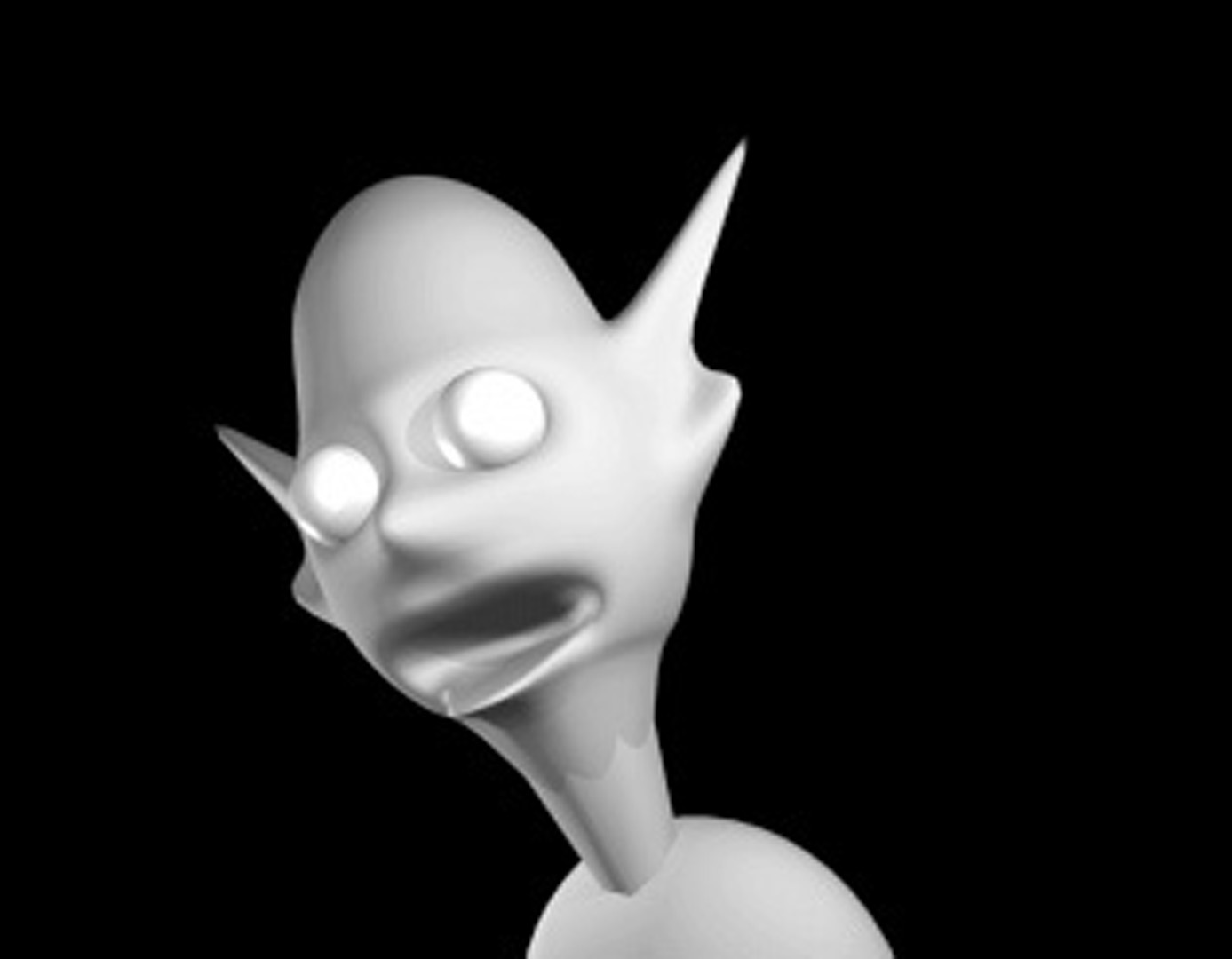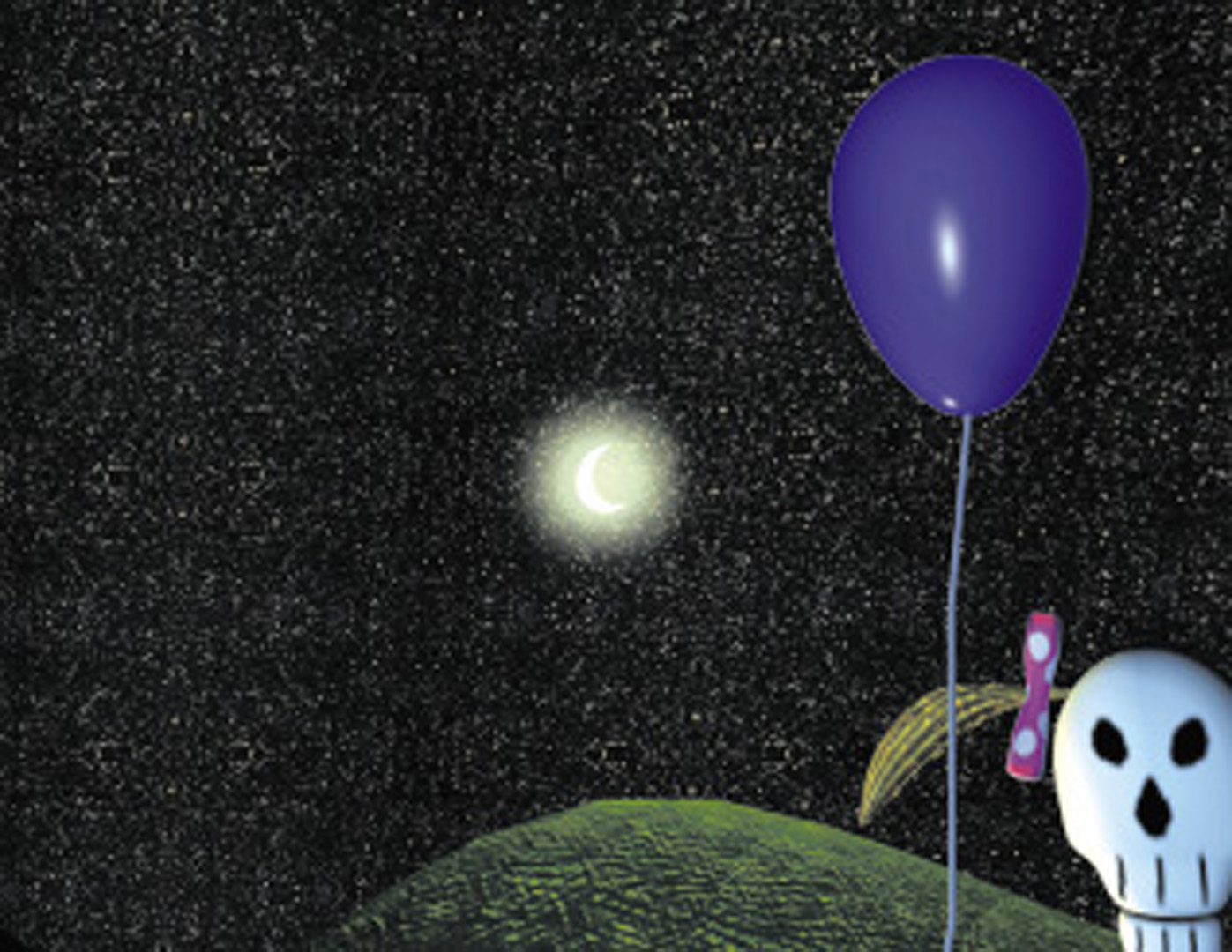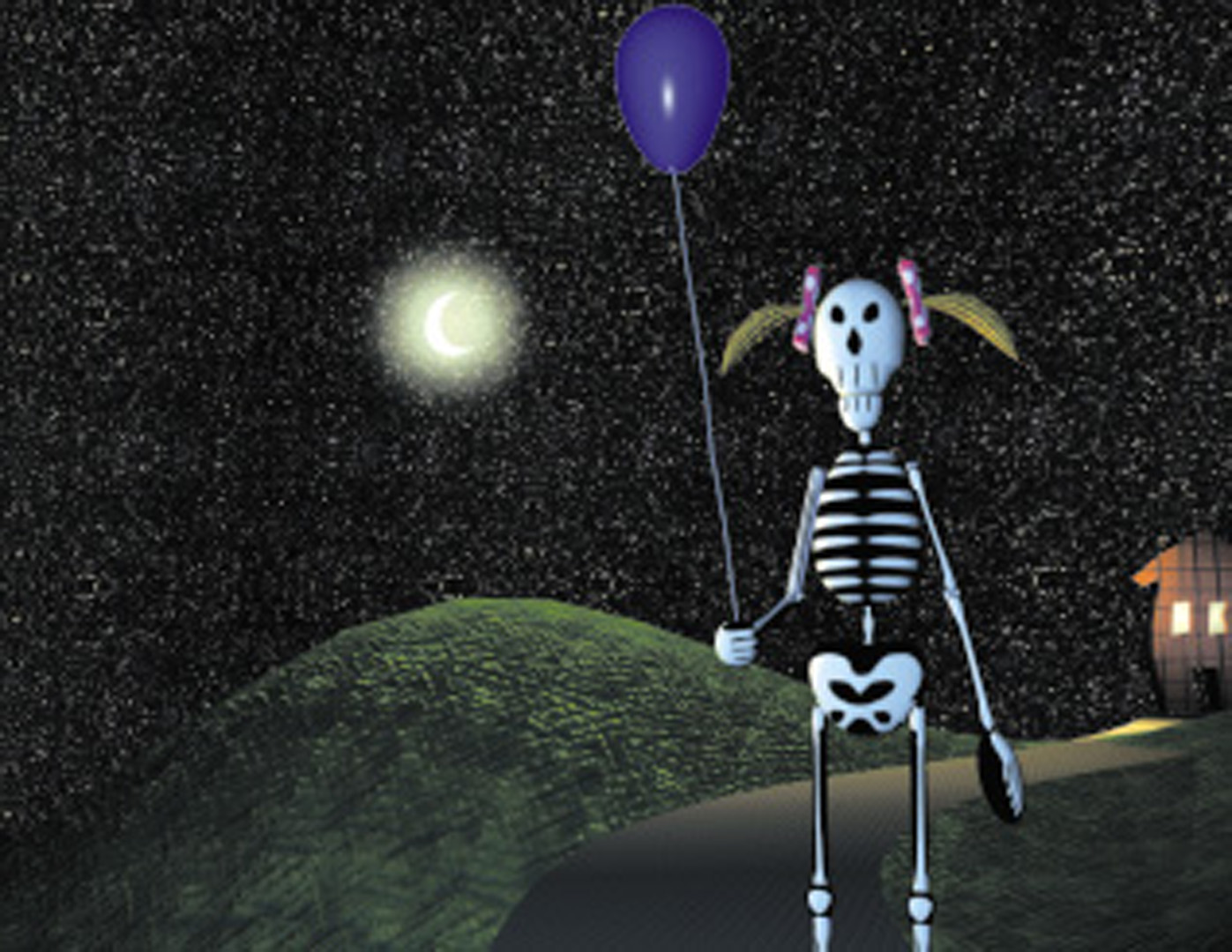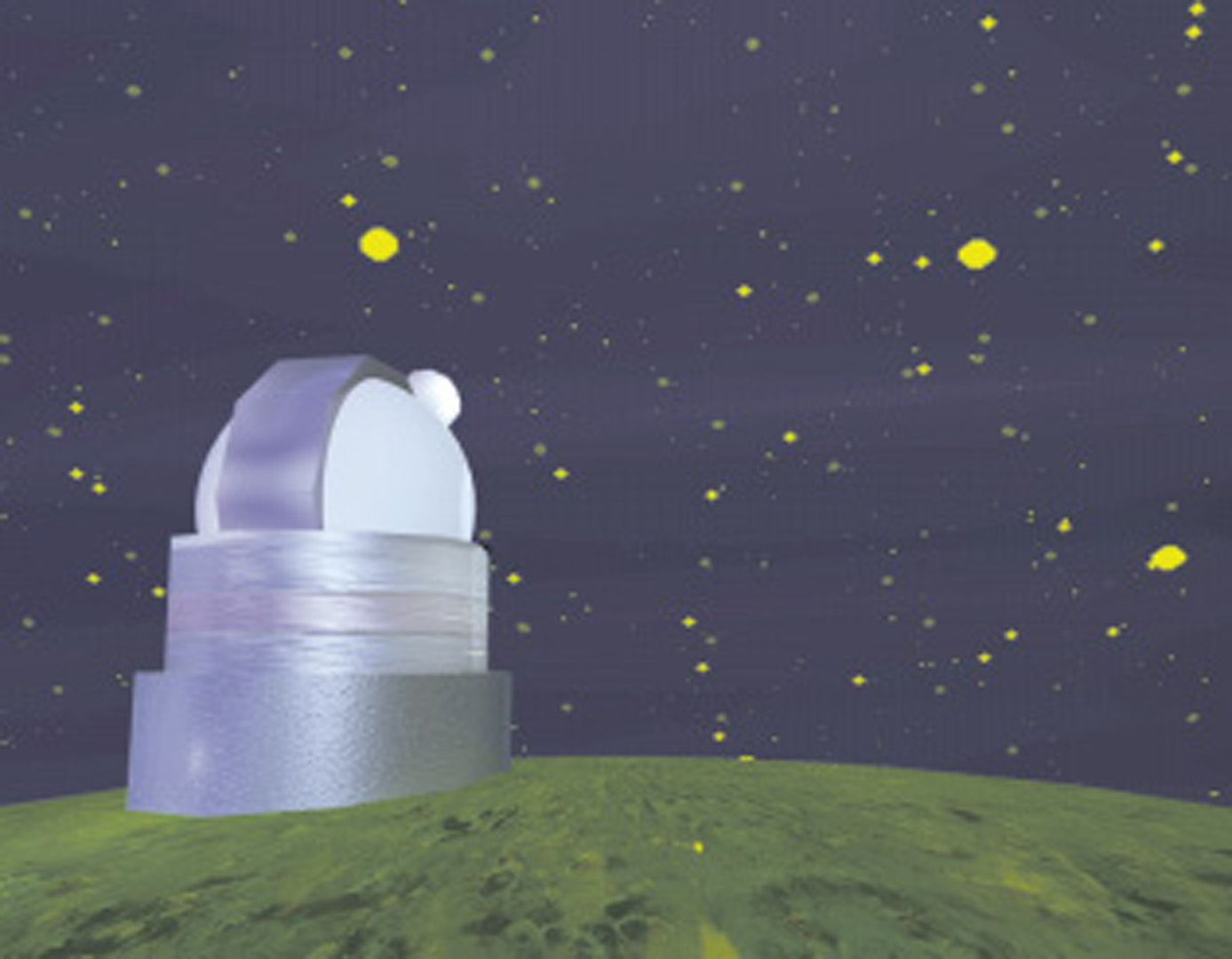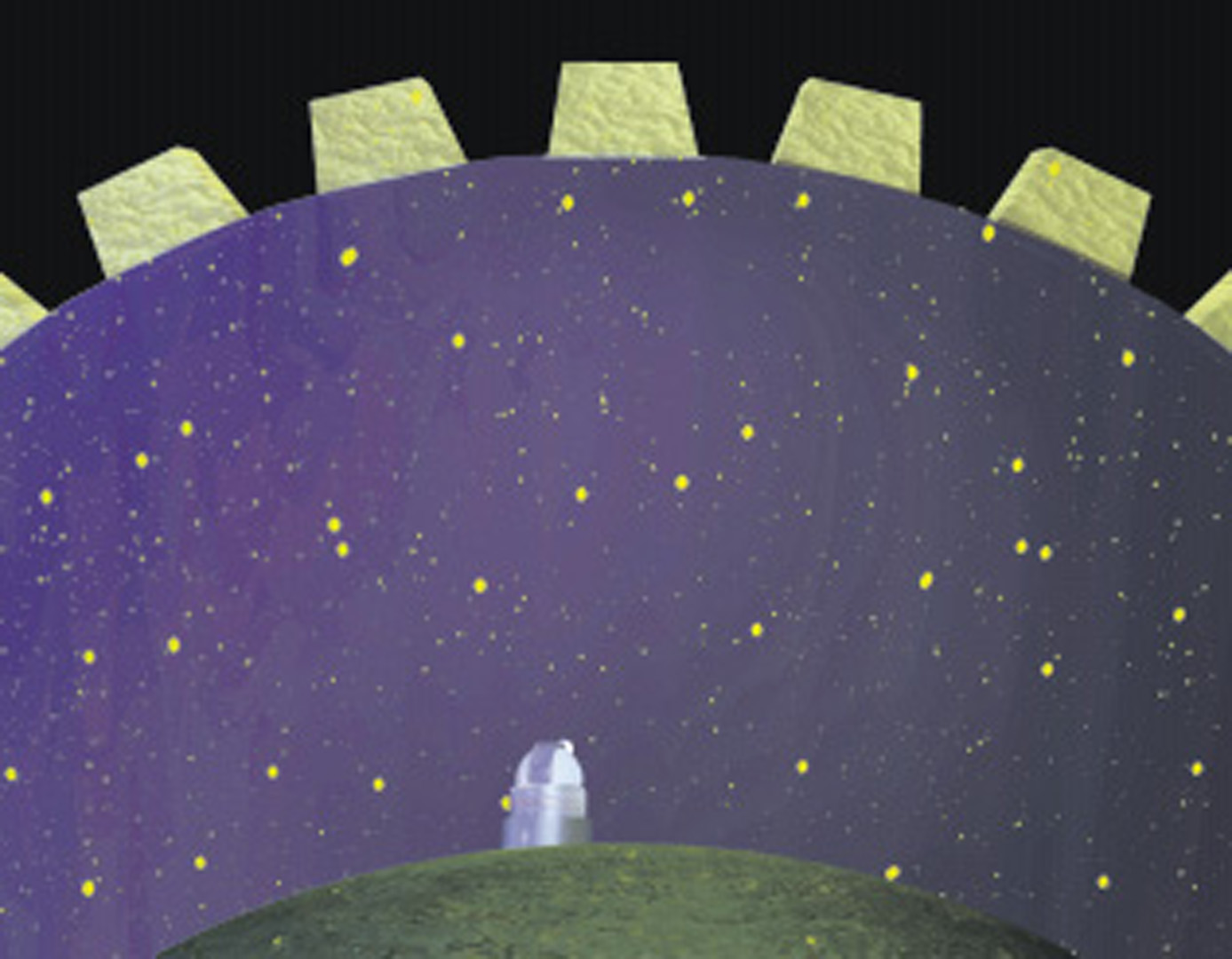“The Language of Cinema and Traditional Animation in the 3D Computer Animation Classroom” by Turner
Conference:
Type(s):
Title:
- The Language of Cinema and Traditional Animation in the 3D Computer Animation Classroom
Presenter(s)/Author(s):
Abstract:
Sophisticated technology, particularly in the area of three-dimensional computer graphics, has become more affordable, enabling university art departments to add 3D computer graphics imaging and animation to their curriculum. Offering a productive learning environment where content and meaning is not overshadowed by the necessary volume of technical information can be a challenge. To use the equipment creatively, students must learn certain steps and processes. A structure is needed to simplify the complex balance between the technology, animation techniques, and content. How do students learn to use these advanced tools and at the same time develop their own visual language? The desired structure can come from identifying where traditional media, specifically film and animation, overlap 3D computer graphic animation and where 3D has ?rules? of its own. From these intersections, an effective strategy for teaching 3D animation can be created.
In the curriculum where I have developed this approach, students only have two semesters of 3D coursework. The first semester, they learn to model, light, and apply materials and textures; in the second semester, they animate. More than a few are mesmerized with the technology at first, then frustrated as they try to get it to build the cool objects they had envisioned. By emphasizing their combined role of director, camera operator, lighting technician, and animator students see more of the ?big picture? of moving images in 3D. The technology, the ?HOW? of using the computer to create this communication, is then learned in the process of exploring film and animation techniques.

